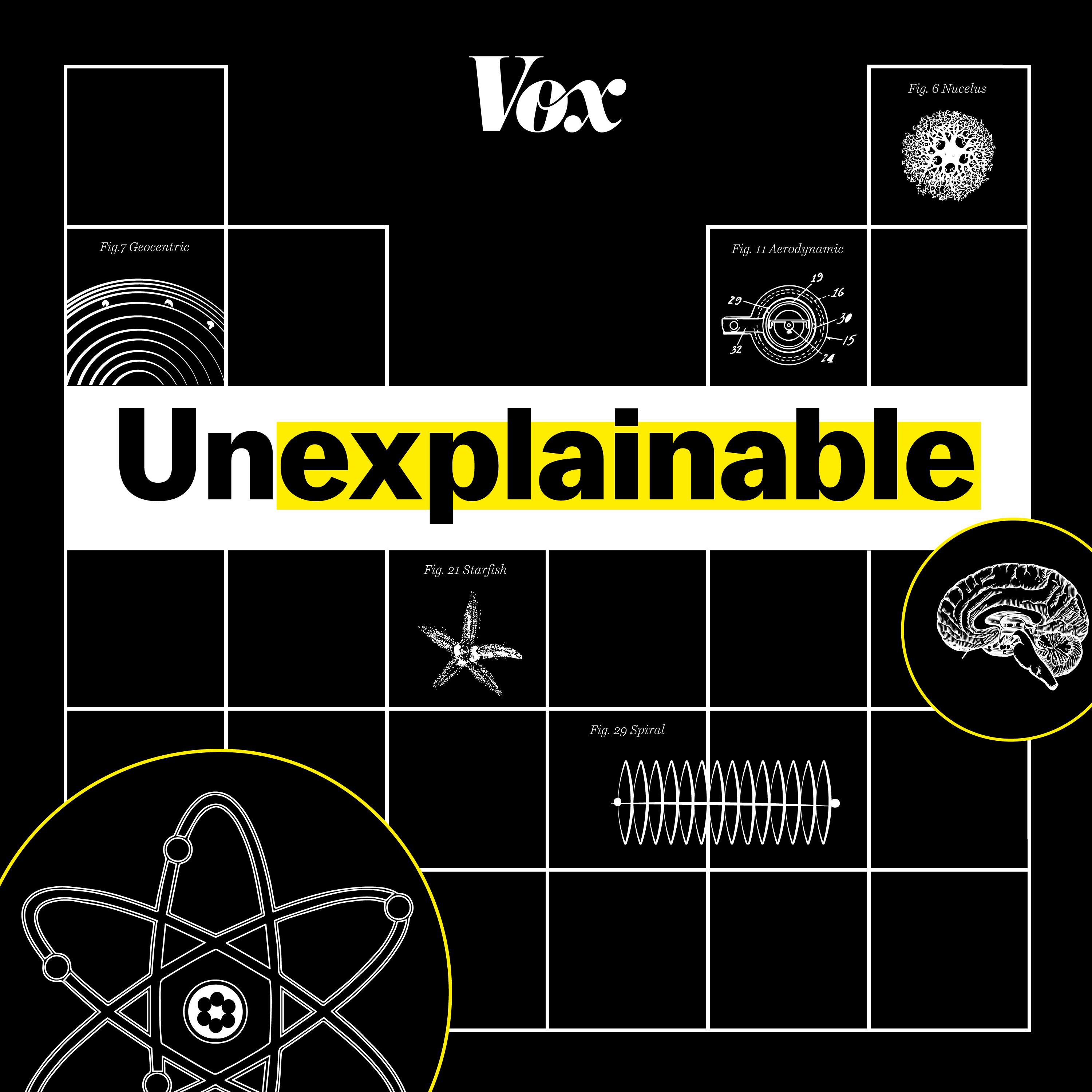We're sunsetting PodQuest on 2025-07-28. Thank you for your support!
Export Podcast Subscriptions
Noam Hassenfeld和Brian Resnick:龙卷风来势汹汹,破坏力巨大,预警时间短且准确率低,这主要是因为气象学家难以预测哪些雷暴会产生龙卷风,以及龙卷风形成的具体机制。现有预警系统依赖于龙卷风的直接观测(发现即预警),导致误报率高,降低了公众的信任度。
Moe Oduwani:亲身经历了龙卷风袭击,预警时间只有7-10分钟,且预警的可靠性存疑。
Robin Tanamachi:龙卷风形成于超级单体雷暴,但其如何从大型旋转云团转化为触及地面的龙卷风,仍然是一个未解之谜。
Jeff Weber:龙卷风追逐对于收集数据至关重要,因为现有雷达技术无法捕捉龙卷风形成的快速过程,而要全面了解龙卷风,需要收集更多数据,包括龙卷风周围不同高度的大气数据。龙卷风本身的复杂性和多样性也增加了预测难度。但龙卷风的形成机制符合已知的物理定律,只是需要更精细的数据来解释其细节。
Deep Dive
Tornadoes are unpredictable and deadly, with little warning time. A personal account from East Nashville highlights the limited time residents have to seek safety.
Shownotes Transcript
8 minutes, 24 seconds. That’s the average amount of warning time people get before a tornado touches down. To do better, and to understand tornadoes, scientists need to confront more of these storms, head on.
For a clean version of this episode and more, go to http://vox.com/unexplainable)
It’s a great place to sign up for our newsletter, view show transcripts, and read more about the topics on our show.
Also, email us! [email protected])
We read every email.
Support Unexplainable by making a financial contribution to Vox! bit.ly/givepodcasts)
Learn more about your ad choices. Visit podcastchoices.com/adchoices)